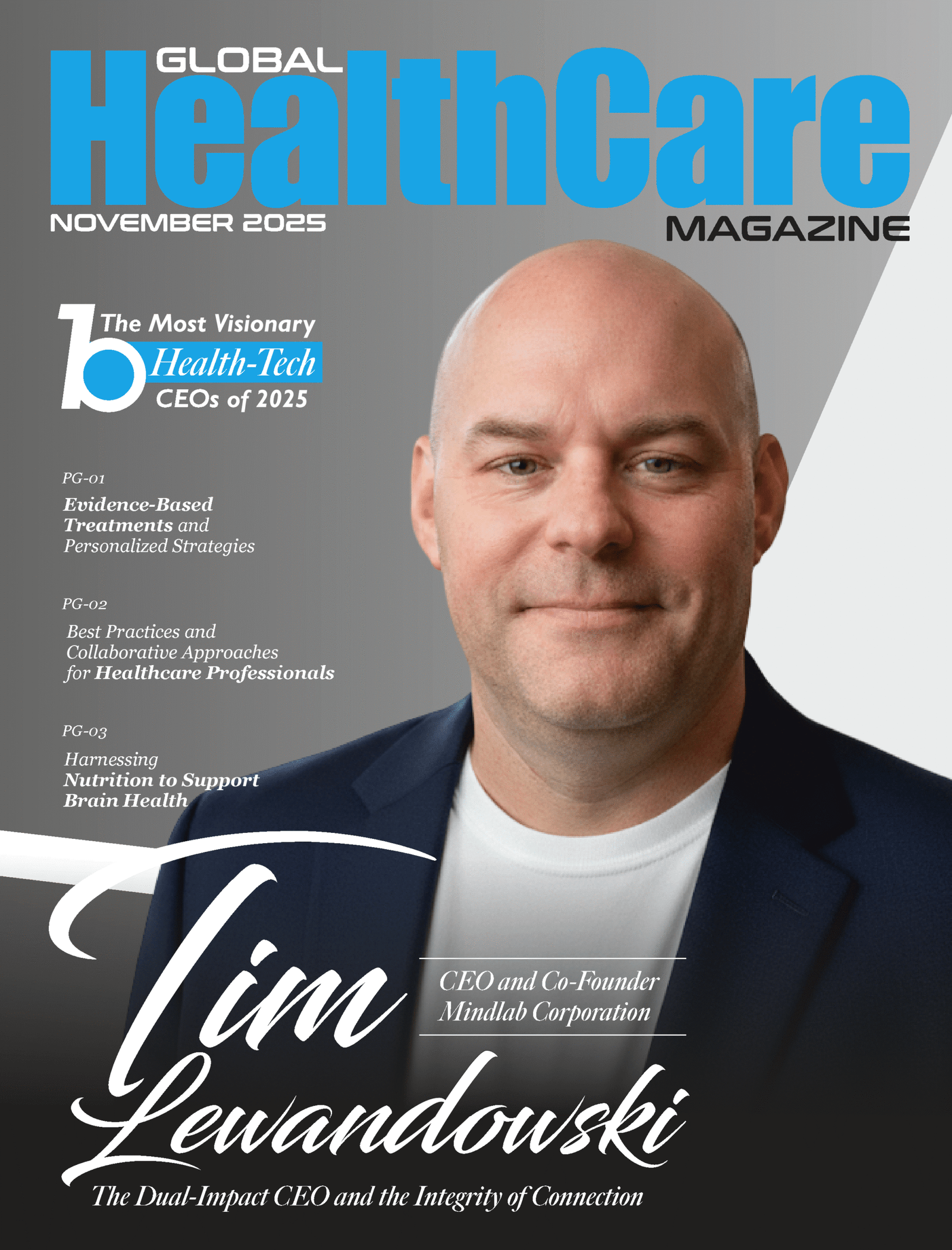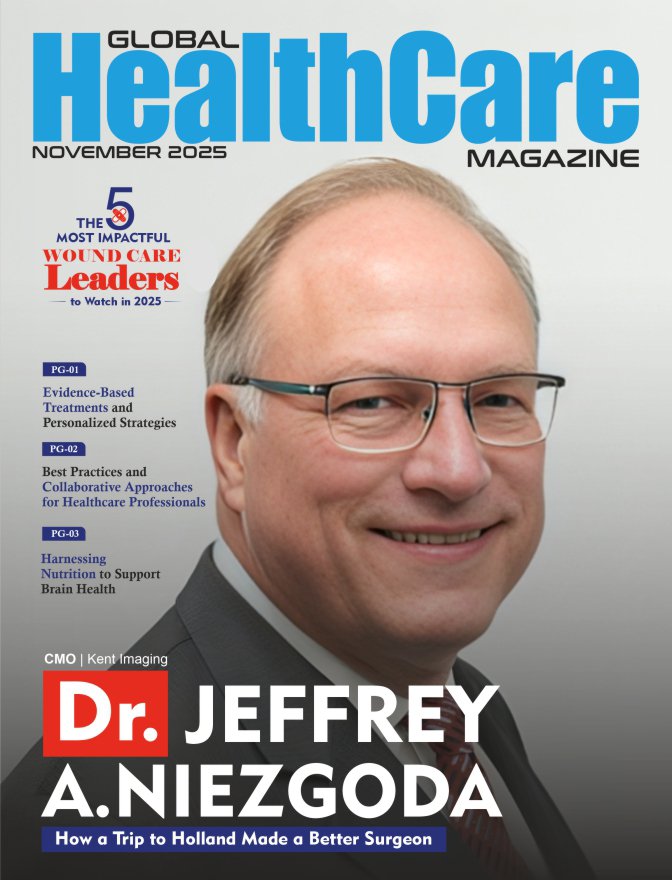A global healthcare worker shortage isn’t just a minor inconvenience; it’s a looming crisis with far-reaching consequences.
Imagine a future where you wait weeks or even months to see a doctor for a routine checkup. Imagine overworked nurses rushing from patient to patient, unable to provide the individualized care you deserve. Or just imagine strained hospitals struggling to keep up with the demand for critical services.
This isn’t a movie script; it’s the potential reality if we don’t address the looming healthcare worker shortage. This crisis threatens to erode the quality of care we receive, strain healthcare systems, and ultimately, impact the health of entire populations.
To handle the situation before it gets worse, we have to understand the following information, which holds the challenges and solutions to it:
Market Data on Healthcare Worker Shortage
Let’s dig deeper into the statistics to grasp the true extent of the crisis. In the United States, a report by the Association of American Medical Colleges predicts a staggering shortage of up to 124,000 physicians in the next decade. This translates to millions of Americans potentially facing difficulties finding a doctor. Nurses are facing a similar predicament, with the Bureau of Labor Statistics projecting a deficit of 195,400 by 2031.
The situation in Canada is equally concerning. The federal government anticipates significant shortages of family doctors and nurses in the coming years. This could lead to longer wait times for essential healthcare services and increased pressure on existing providers.
Europe is no exception to this global phenomenon. The European Commission estimates a potential shortfall of 1.3 million healthcare workers by 2030. This shortage has the potential to severely impact the quality of care across the continent, affecting millions of patients. In November 2023, Yahoo Finance mentioned there is a global shortage of these medical professionals.
The World Health Organization paints an even grimmer picture on a global scale. They project a deficit of 10 million healthcare workers by 2030, primarily impacting low- and middle-income countries. This shortage could have devastating consequences for healthcare systems in these regions, limiting access to critical services and jeopardizing the health of millions.
Why are we having a healthcare worker shortage?
There’s no single culprit behind the healthcare worker shortage. It’s a complex issue, fueled by several factors.
- An Aging Population: As the global population ages, the demand for healthcare services naturally increases. Unfortunately, the workforce isn’t keeping pace. Many healthcare professionals are nearing retirement age, leaving a significant gap to fill.
- Burnout and the Pandemic: The COVID-19 pandemic has taken a heavy toll on healthcare workers. Many have experienced burnout due to long hours, overwhelming workloads, and the constant stress of caring for critically ill patients.
- Lack of Planning: Unfortunately, many healthcare systems haven’t adequately planned for the impending wave of retirements. This lack of foresight has exacerbated the existing shortage.
- Educational Challenges: Underinvestment in education and training programs for healthcare professionals creates a bottleneck. Additionally, there may be a mismatch between the skills taught and the actual job market needs.
- Location: Attracting and retaining healthcare workers in underserved and rural areas can be particularly difficult. This creates geographical disparities in access to quality care.
The Ripple Effect of Healthcare Worker Shortage
The healthcare worker shortage has a domino effect, impacting both patients and providers. Patients may face longer wait times for appointments and procedures, leading to frustration and anxiety. This can also delay diagnoses and treatment, potentially worsening health outcomes.
For healthcare providers, the burden of heavier workloads translates to increased stress, exhaustion, and a higher risk of burnout. This can lead to decreased job satisfaction, a decline in the quality of care provided, and ultimately, a higher turnover rate among healthcare professionals.
The negative impact extends beyond individual patients and providers. Strained healthcare systems struggle to meet the growing demand for services, leading to longer wait times for emergency care and even rationing of critical resources.
In the most severe cases, the shortage can force hospitals to close units or even entire facilities, leaving communities with limited access to essential healthcare services.
A Glimmer of Hope: Solutions on the Horizon
Fortunately, there’s a growing awareness of this crisis, and solutions are being actively explored. Here are some promising approaches:
- Training the Next Generation: Investing in healthcare education and training programs is crucial to increasing the number of qualified professionals entering the workforce.
- Smarter Recruitment: Developing innovative recruitment strategies that target potential healthcare workers and address their needs is essential.
- Workforce Planning: Healthcare systems need to engage in comprehensive workforce planning to anticipate future needs and proactively address potential shortages.
- Supporting Our Heroes: Investing in the well-being of healthcare workers through better compensation, mental health support, and workload management is key to retaining them in the field.
- Temporary Staffing Solutions: Utilizing temporary staffing agencies can help bridge the gap while long-term solutions are implemented.
- Engaging Patients: Encouraging patients to participate in training programs, such as becoming community health workers, can alleviate some of the burden on healthcare professionals.
In-Demand Heroes: Healthcare Careers with a Future
If you’re passionate about helping others and considering a career in healthcare, you’re entering a field with immense opportunity. Here are some of the most in-demand positions to counter the healthcare worker shortage:
- Physician: The need for physicians across various specialties is high and projected to remain so for years to come. Physician assistants can provide primary care and manage a wide range of medical conditions, making them valuable assets in healthcare settings. Hence, if you choose your career from these two, you might be able to travel across the world as well.
- Nurses: Registered nurses and nurse practitioners are in high demand, particularly those specializing in critical care and geriatrics. This position was majorly affected in the last couple of years, which was due to the COVID-19 pandemic. Now that we have recovered from it, we have nearly a million vacancies for nurses across the USA, Canada, India, and Europe.
- Speech-language Pathologists: There is a high demand for speech-language pathologists. In fact, the job market for SLPs is expected to grow much faster than average for all occupations. According to the Bureau of Labor Statistics, the job outlook for SLPs is projected to grow by 19% from 2022 to 2032, which is much faster than the average for all occupations (projected at 4%).
- Mental Health Professionals: The demand for therapists, counselors, and social workers continues to rise as mental health awareness grows. It is needed in every aspect of life. Hence, from schools, and offices to old age, every age group needs a therapist or counselor.
- Home-based Care Workers: Home-based care is a rapidly growing field with high job demand. The demand for home-based care workers is surging for several reasons: the aging population, Preference for home care, Rise in chronic conditions, Hospital overcrowding, recovery and rehabilitation, etc. The Bureau of Labor Statistics projects a much faster-than-average growth rate of 33% for home health aides and personal care aides from 2022 to 2032.
The Road Ahead
The global healthcare worker shortage is a complex challenge, but it’s not insurmountable. By implementing effective solutions, fostering a supportive environment for healthcare professionals, and encouraging the next generation to join the field, we can build a more resilient healthcare system for the future.
It is a challenge with immense opportunities for medical institutes and potential individuals searching for the right job. The responsibility lies in the efficient governance and willingness of the people. Only then, this global challenge of healthcare worker shortage can be countered.
Keep Reading! Keep Growing!



















